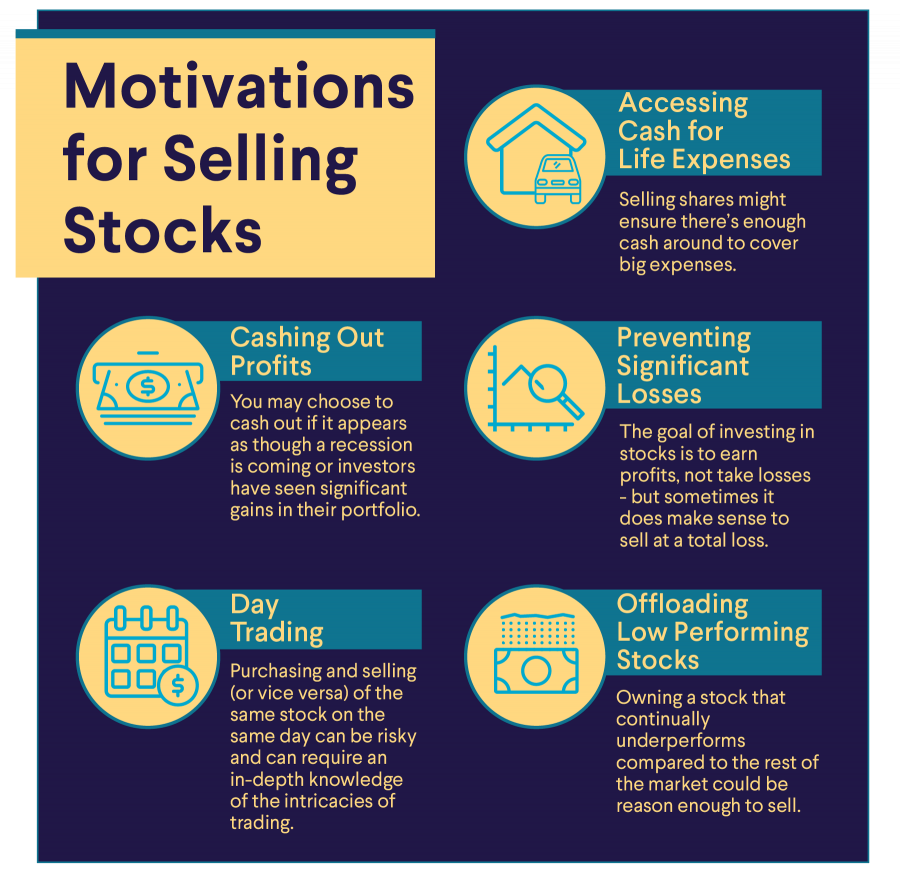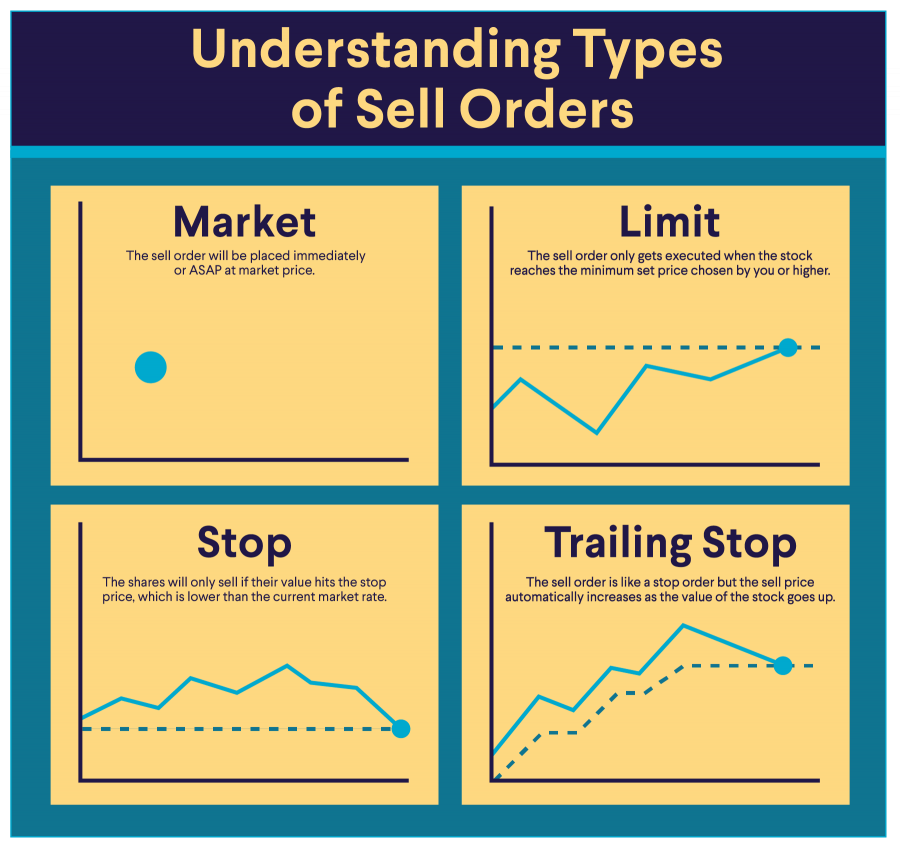Closing a Credit Card With a Balance: What to Know
Closing a credit card with a balance remaining is possible to do. However, keep in mind that even if your credit card account is closed, you’ll still have to pay off the remaining balance. Additionally, you’ll need to cover interest that’s accrued as well as any fees, and you could face other consequences, including losing out on rewards and seeing potential impacts to your credit score.
Still, there are instances when closing a credit card can be the right move. If you’re thinking about closing a credit card account with an outstanding balance, you’ll want to weigh these considerations — and also ensure you have a plan for paying off your remaining balance.
What Happens If You Close a Credit Card Account With a Balance?
Once you’ve closed a credit card account with a balance, you’ll no longer be able to use that card to make purchases. Beyond that, here’s what else you can expect after your account closure.
Payment of Balance and Interest
Perhaps the most important thing to keep in mind when a credit card is closed with balance is that you’re still liable for the credit card balance you’ve racked up. You’ll also owe any interest charges that have accrued on your outstanding balance.
As such, expect to continue receiving monthly statements from your credit card issuer detailing your balance, accrued interest, and minimum payment due. And until you’re absolutely positive your debt is paid off, keep on checking your credit card balance regularly.
Recommended: What is a Charge Card
Loss of Promotional APR
If the card you closed offered a promotional interest rate, this offer will likely come to an end. If you’ve been carrying a balance on a credit card, your balance could start to accrue interest. Plus, you may have to pay the standard APR (annual percentage rate) on the remaining balance rather than the lower promotional rate.
Loss of Rewards
Before you move forward with canceling a credit card that offers rewards like points or airline miles, make sure you’ve redeemed any rewards you’ve earned. That’s because you may forfeit those rewards if you close your account.
Policies on this can vary from issuer to issuer though, so just make sure to check with your credit card company to be safe rather than sorry.
How Closing Credit Cards With Balances Can Impact Your Credit
There are a number of ways that closing credit card accounts with a balance can adversely affect your credit score given how credit cards work. Closed accounts in good standing will remain on your credit report for 10 years, whereas those with derogatory marks may fall off after seven years.
• For starters, closing your account could drive up your credit utilization ratio, one of the factors that goes into calculating your score. This ratio is determined by dividing your total credit balances by the total of all of your credit limits. Financial experts recommend keeping your ratio below 30% and preferably closer to 10%. Losing the available credit on your closed account can drive up this ratio.
• Closing your account can impact your credit mix, as you’ll have one fewer line of credit in the mix.
• Closing a credit card could decrease your length of credit history if the card you closed was an old one. This too could potentially decrease your credit score.
That being said, the impacts can vary depending on your credit profile and the credit scoring model that’s being used. If, after closing your account, you pay off your account balance in a timely manner and uphold good credit behavior across other accounts, your score can likely bounce back.
Recommended: What is the Average Credit Card Limit?
Is Keeping the Credit Card Account Open a Better Option?
In some scenarios, it may make sense to keep your credit card active, even if you don’t plan on spending on the card. Here’s when opting against closing your credit card account might be the right move:
• When you can switch credit cards: If your card carrier allows it, you might be able to switch to a different credit card it offers rather than closing out your account entirely. This might make sense if you’re worried about your card’s annual fee, for instance. You’ll still owe any outstanding debt on the old credit card, which will get moved over to the new card (the same goes if you happen to have a negative balance on a credit card).
• When you have unused credit card rewards: With a rewards credit card, closing the account may jeopardize the use of earned rewards. Avoid that scenario by keeping the credit card active until you’ve used up all the rewards earned on your current credit card or at least until you’ve transferred them to a new credit card, if that’s an option.
• When you don’t use the credit card: Even if you don’t use your credit card or use it sparingly, keeping the card open could build your credit score. This is because creditors and lenders usually look more favorably on credit card users who don’t rack up significant credit card debt, which is why maintaining a low credit utilization ratio is one of the key credit card rules to follow.
Nevertheless, there are certainly some scenarios when it can make sense to say goodbye to your credit card account. Here’s when to cancel your credit card, or at least consider it:
• You want to avoid the temptation to spend.
• You want to stop paying your card’s annual fee.
• The card’s interest rate is rising.
• You’d like to have fewer credit card accounts to manage.
Recommended: How to Avoid Interest On a Credit Card
Guide to Paying Off a Credit Card Balance
No matter what you do with your credit card account, you’re going to have to pay down your credit card debt. Here are some options you can explore to pay off your closed credit account with a balance as soon as possible.
To avoid making that mistake, here are some options you can explore to pay off your closed credit account with a balance as soon as possible.
Debt Consolidation Loans
A personal loan at a decent interest rate can make it easier to curb and eliminate your card debt. Once the funds from the loan hit your bank account, you can use the cash to pay off all your credit card debts. Then, you’ll only have to keep track of paying off that one loan with fixed monthly payments, making it easier to manage.
Keep in mind that you’ll generally need good credit to secure a personal loan with competitive terms, though.
Balance Transfer Credit Cards
A balance transfer card with a 0% introductory interest rate can buy you some time when paying down debt. You can transfer your existing debt to the new card, allowing you to pay down credit card debt at a lower interest rate, without racking up any additional interest payments during the promotional period.
Just make sure to pay off the entire balance before the card’s introductory interest rate period ends and the interest rate rises significantly. Otherwise, you may be right back where you started — with high credit card debt and a high interest rate. That’s not likely to be a good way to use credit responsibly. Also note that a balance transfer fee will likely apply.
Debt Avalanche or Snowball
For credit card debt repayment, consider the debt avalanche or snowball approach.
• With the avalanche debt repayment method, you prioritize paying off your credit card with the highest interest rate first. Meanwhile, you’ll maintain minimum payments on all of your other debts. Once your highest-rate debt is paid off, you’ll roll those funds over to tackle your balance with the next highest interest rate.
• The snowball method, on the other hand, is all about building up momentum toward debt payoff. Here, you pay as much as possible each month toward your credit card with the lowest outstanding balance, while making minimum payments on all of your other outstanding debts. When the smallest debt is paid off completely, repeat the process with the next smallest balance.
Debt Management Plan
If you’re still having trouble paying down your credit card either before or after you close the account, that could be a red flag signaling that you need help. In this case, consider reaching out to an accredited debt management counselor who can set you on the right path to credit debt insolvency.
In addition to helping you create a debt management plan, a credit counselor can help by negotiating a better deal on interest rates and lower monthly payments. That could result in paying down your credit card debt more quickly, which not only saves you money, but also helps protect your credit score.
Recommended: Does Applying For a Credit Card Hurt Your Credit Score?
The Takeaway
If you decide to close your credit card account with a balance, it’s critical to do so in a way where your debt obligations are covered and your credit score is protected. The key to doing the job right is to work with your card company, keep a close eye on outstanding balances and payment deadlines, and work aggressively to pay your card debt down as quickly as possible.
Since closing a credit card can have consequences, it’s especially important to consider a credit card ‘s pros and cons carefully before you apply.
Whether you're looking to build credit, apply for a new credit card, or save money with the cards you have, it's important to understand the options that are best for you. Learn more about credit cards by exploring this credit card guide.
FAQ
Can you close a credit card with a balance?
Closing a credit card with a balance is possible. However, you’ll still be responsible for the outstanding balance on the card, as well as any interest charges and fees.
Does it hurt your credit to close a credit card with a balance?
Closing your credit card with a balance remaining has the potential to impact your credit score. However, the exact implications for your score can vary depending on your overall credit profile and which credit scoring model is being used.
Is it better to close a credit card or leave it open with a zero balance?
That depends on your personal situation. Closing a card for good may impact your credit score, but you also won’t be able to use the card again and risk racking up unwanted debt in the process.
What happens if you close a credit card with a negative balance?
If you close a credit card with a negative balance, that means the card issuer owes you money instead of vice versa. In this situation, the card issuer will typically refund you that money before closing out the account.
How do I close a credit card without hurting my credit score?
You can mitigate the impacts of closing your account by paying off the balance on that account and all other credit card accounts you have. If you have $0 balances, then closing your account and losing that available credit won’t affect your credit utilization rate.
Photo credit: iStock/staticnak1983
Financial Tips & Strategies: The tips provided on this website are of a general nature and do not take into account your specific objectives, financial situation, and needs. You should always consider their appropriateness given your own circumstances.
Disclaimer: Many factors affect your credit scores and the interest rates you may receive. SoFi is not a Credit Repair Organization as defined under federal or state law, including the Credit Repair Organizations Act. SoFi does not provide “credit repair” services or advice or assistance regarding “rebuilding” or “improving” your credit record, credit history, or credit rating. For details, see the FTC’s website .
SOCC-Q324-003
Read more





